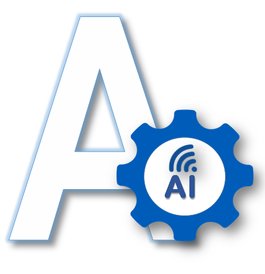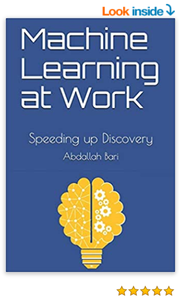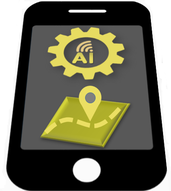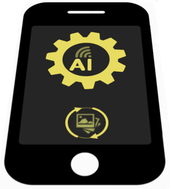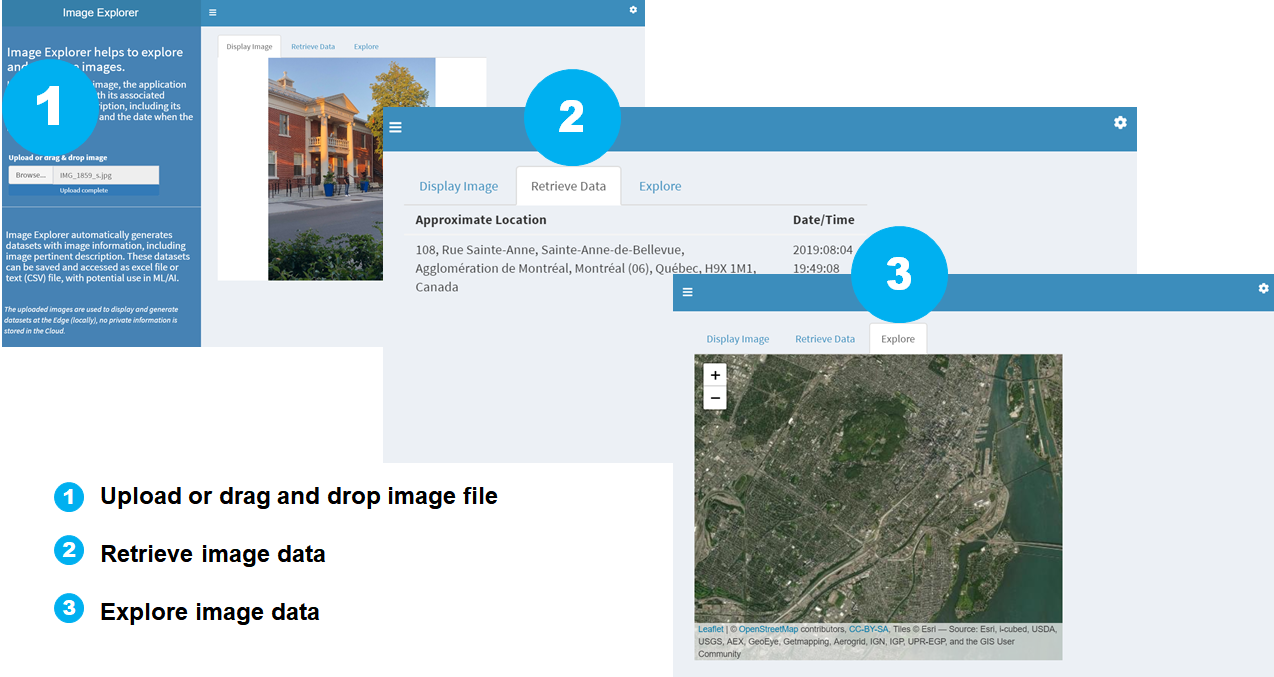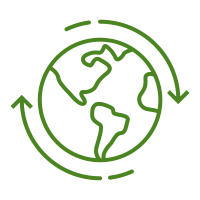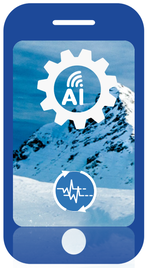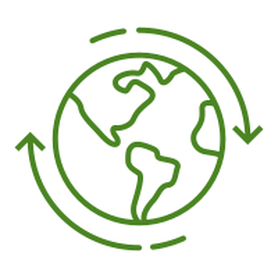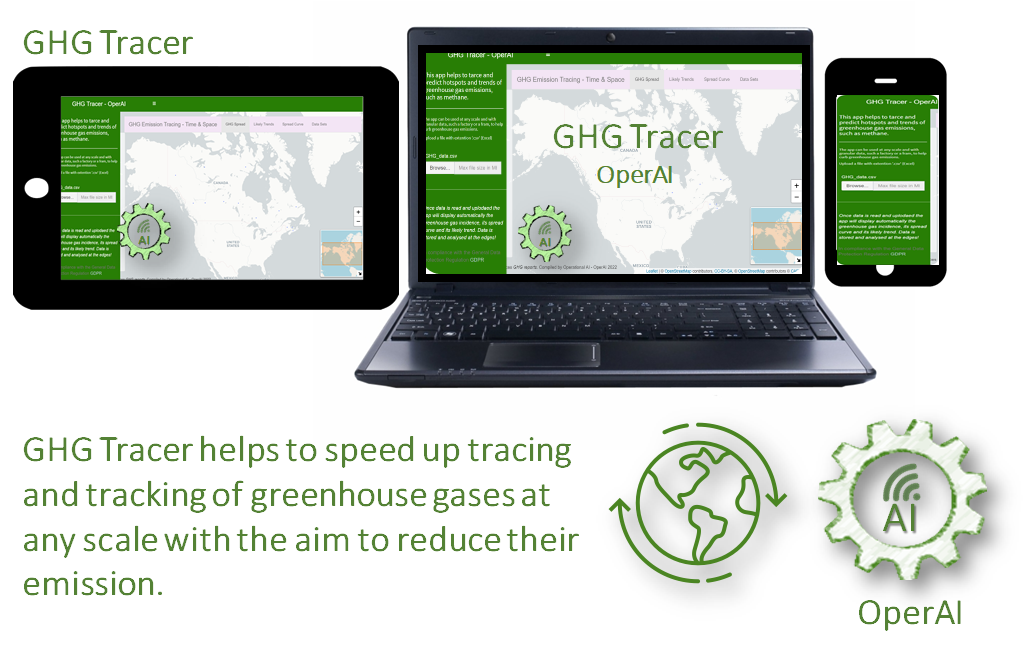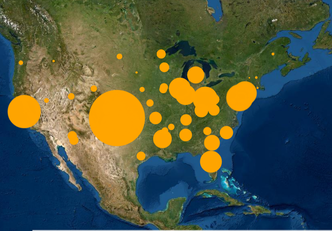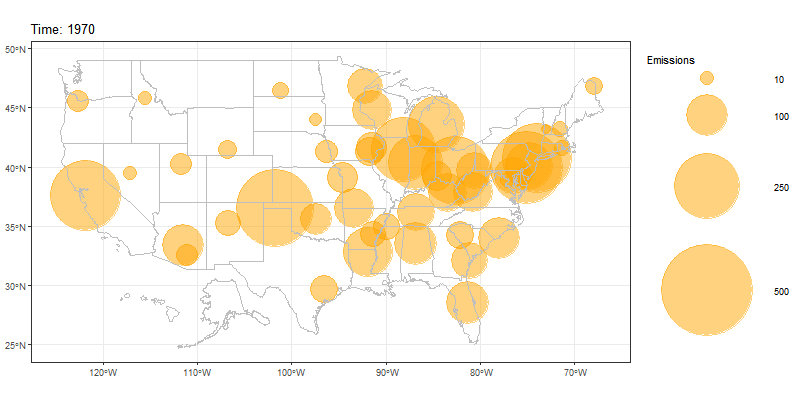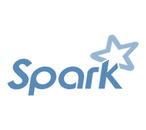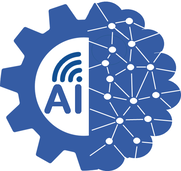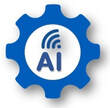OperAI develops edge-to-cloud complex models and AI-based applications involving the edges, the fog and the cloud, to better leverage big data, machine learning and artificial intelligence.
"The greatest potential for creating value will be in operations optimization—making the various processes within the factory more efficient. Overall, IoT applications in operations optimization have the potential to create value of $633 billion to $1.8 trillion per year in the factory setting in 2025.”
The Internet of Things: Mapping the Value Beyond the Hype - McKinsey & Company
Applications using end-to-end machine learning platforms and deep learning frameworks
Machine Learning (ML), which is a subset of Artificial intelligence (AI), enhances the ability of a computer to learn, from data, without being explicitly programmed end-to-end. As ML and AI learn they acquire the ability to carry out cognitive functions, such as perceiving, learning, reasoning and automatically digging deeper to identify important insights or new novel discovery. With the advance in machine learning, in particular its Deep Learning (DL) subset, ML is rapidly spreading across sectors and will continue to do so at an even higher rate with the ever increasing growth of Big Data.
OperAI will be launching Image Explorer to both enhance and explore different types of images in its first version and image-based operational processes in the application subsequent versions.
Image Explorer helps to explore and enhance images!
Upon uploading or dragging and dropping the image, the application displays the image with its associated information and description, including its approximate location and the date when the image was taken. Image Explorer automatically generates datasets with image information, including image pertinent description. These datasets can be saved and accessed as Excel file or Text (CSV) file for different usages and procedures, including in ML/AI predictions. The uploaded or dropped images are used to display and generate datasets at the Edge (locally), no private information is stored in the Cloud.
We are today in the midst of significant changes in global climates with their effects that are being felt throughout the world. The increasing frequency of droughts and heat waves is having negative impacts across sectors.
OperAI is working on the co-development with partners of innovative tools to help speed up adaptation to and adaptation to climate change.
OperAI is working on the co-development with partners of innovative tools to help speed up adaptation to and adaptation to climate change.
State energy-related carbon dioxide emissions in million metric tons of energy-related carbon dioxide by year from 1970 onwards.
Source: The U.S. Energy Information Administration (EIA)
OperAI co-develops tools within the sustainability perspective
by including e-waste in the process of making new products with its
recycling partners
by including e-waste in the process of making new products with its
recycling partners
OperAI 's related development environnements include C/C++, R, Spark and ML/AI related deep learning frameworks such as mxnet and Keras/TensorFlow.
